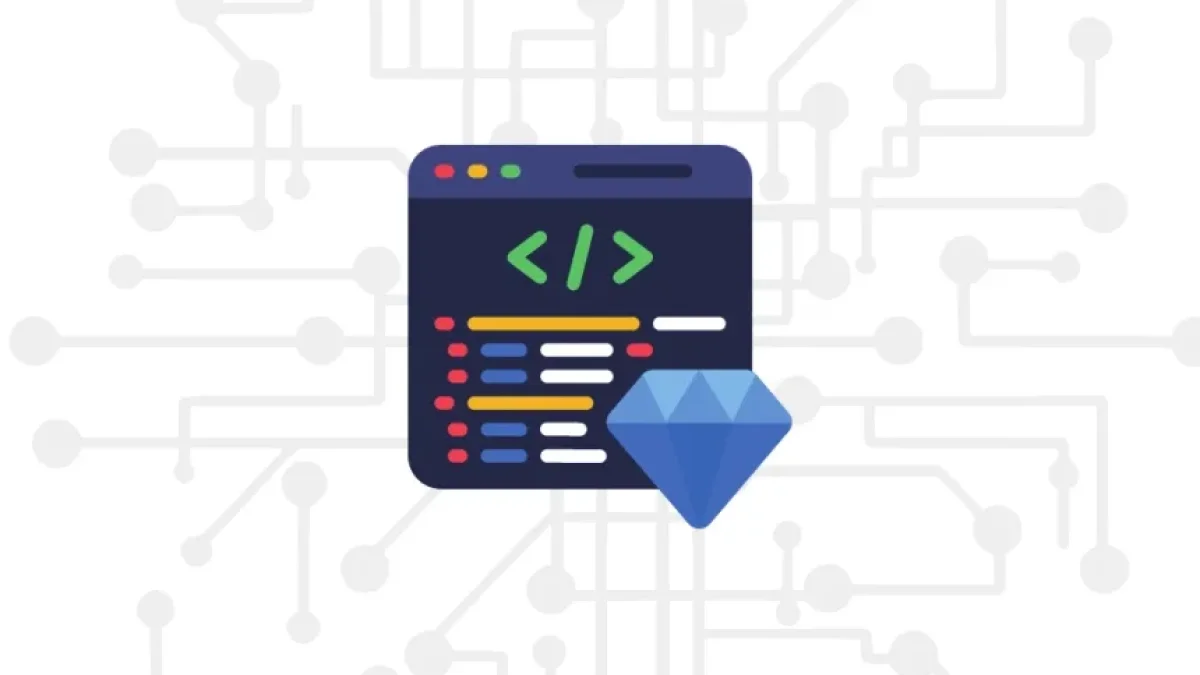Best Practices for Writing Clean and Maintainable Code


Writing clean and maintainable code is crucial for any developer, as it not only facilitates the understanding and modification of the code but also enhances collaboration among teams, reduces bugs, and minimizes technical debt. In this article, we will explore the best practices for achieving clean and maintainable code, organizing the information into comprehensible sections.
What is Clean Code?
Clean code is code that is easy to read, understand, and modify. Robert C. Martin, in his book Clean Code: A Handbook of Agile Software Craftsmanship, defines clean code as code that is clear and straightforward, allowing others (or yourself in the future) to quickly grasp the purpose and functionality of the code.
Importance of Maintainable Code
Maintainable code is fundamental to the long-term success of any software project. Well-structured and documented code facilitates:
- Maintainability: Helps developers make changes easily.
- Collaboration: New team members can quickly understand and contribute.
- Error Reduction: Clean code tends to have fewer bugs, as its logic is easier to follow.
Best Practices for Clean Code
1. Meaningful Names
The first step to clean code is to use meaningful names for variables, functions, and classes.
Read also
Why Are Meaningful Names Important?
- Clarity: Descriptive names allow others to understand the function without the need to review more of the code.
- Intent: A good name communicates what the variable or function is intended to do.
Example:
# Bad
def f(x):
return x * x
# Good
def calculate_circle_area(radius):
return 3.14 * (radius ** 2)2. Keep Functions Small
Functions should be small and focused on a single task or responsibility.
Read also
Benefits of Small Functions
- Reusability: It is easier to reuse functions that perform well-defined tasks.
- Testing: Small functions are simpler to test.
Example:
# Bad
def process_data(data):
# Process the data
# Save to file
# Send notification
pass
# Good
def process_data(data):
processed_data = clean_data(data)
save_data(processed_data)
send_notification()3. Clear and Concise Comments
Comments should be used to explain why something is done, not what is being done.
Guidelines for Good Comments
- Avoid Redundancy: Don’t comment on the obvious.
- Update Comments: Ensure comments are kept up-to-date with the code.
Example:
# Bad x = x + 1 # Increment x by 1 # Good x = x + 1 # Increase the attempt counter
4. Consistency in Style
Adopt a consistent coding style throughout your project. This includes the way you name variables, control structures, and code formatting.
Tools for Consistency
- Linters: Tools like ESLint or Pylint help maintain a coherent style.
- Formatters: Use tools like Prettier to automatically format your code.
5. DRY Code (Don't Repeat Yourself)
Avoid code duplication. If you find that you have the same code in multiple places, consider extracting it into a function or module.
Benefits of DRY Code
- Fewer Bugs: Changes in one location propagate improvements throughout the code.
- Cleaner Code: Less code means greater readability.
Example:
# Bad
def calculate_discount1(price):
return price * 0.9
def calculate_discount2(price):
return price * 0.8
# Good
def calculate_discount(price, rate):
return price * (1 - rate)
price_with_discount1 = calculate_discount(price, 0.1)
price_with_discount2 = calculate_discount(price, 0.2)6. Automated Testing
Implement automated tests to ensure that your code works as expected and to facilitate future changes.
Types of Tests
- Unit Tests: Tests for individual functions.
- Integration Tests: Tests to ensure different modules work together.
- Functional Tests: Tests of the complete system.
7. Continuous Refactoring
Refactoring is the process of restructuring code without changing its external behavior. It should be a continuous practice.
When to Refactor
- After Adding New Features: Often, adding new features can make the code messy.
- When Detecting Duplication: Refactor to adhere to the DRY principle.
Conclusion
Writing clean and maintainable code is an art that is perfected over time. By following the practices described in this article, you can not only improve the quality of your code but also facilitate teamwork and software evolution. Remember that well-maintained code saves time and effort in the long run. Start applying these best practices today and see the difference in your programming projects!
Additional Resources
- Clean Code: A Handbook of Agile Software Craftsmanship - Robert C. Martin
- The Pragmatic Programmer - Andrew Hunt and David Thomas
- Refactoring: Improving the Design of Existing Code - Martin Fowler
By following and applying these recommendations, you will not only improve your code but also enhance your career as a developer.



















